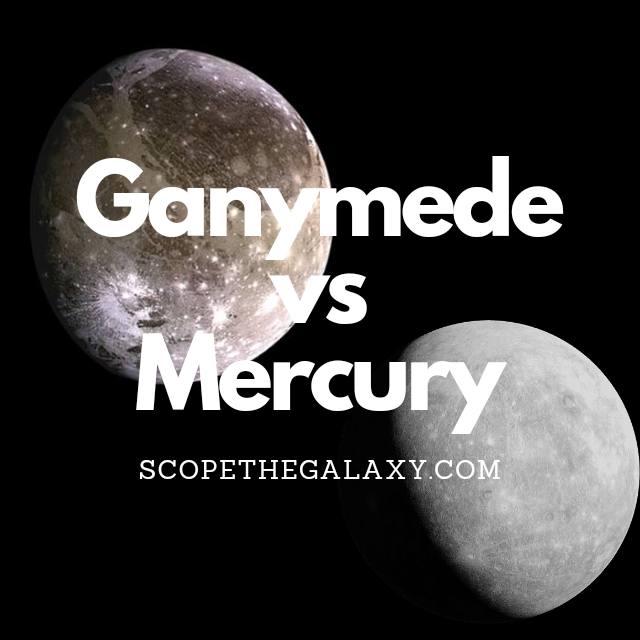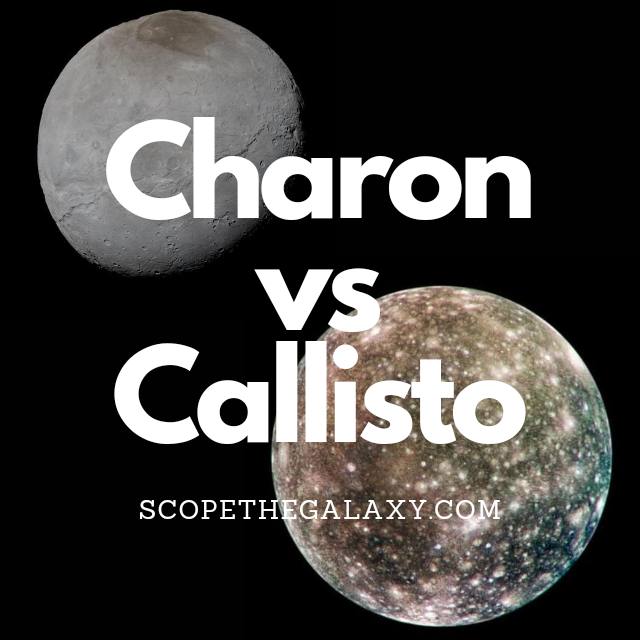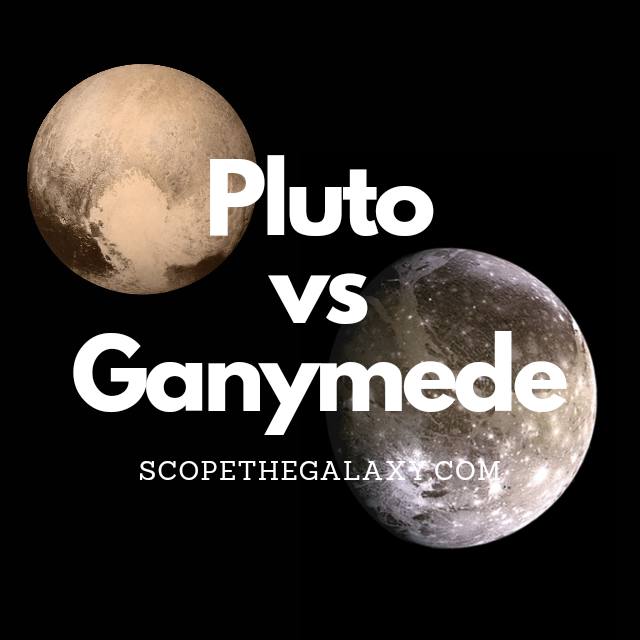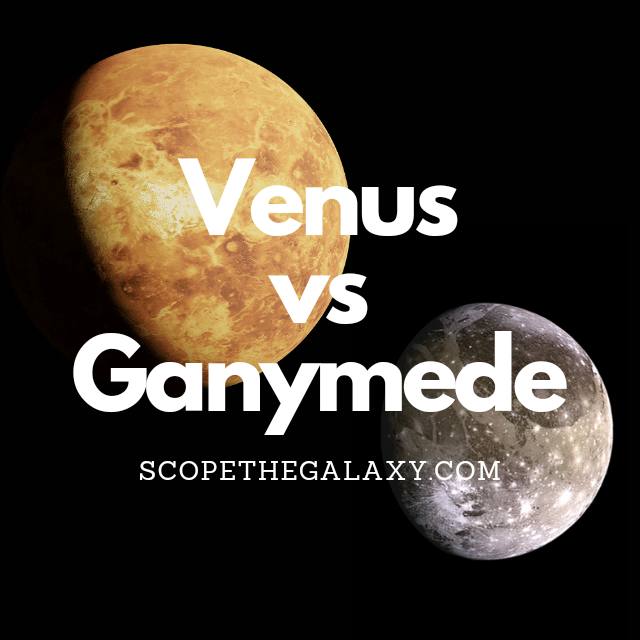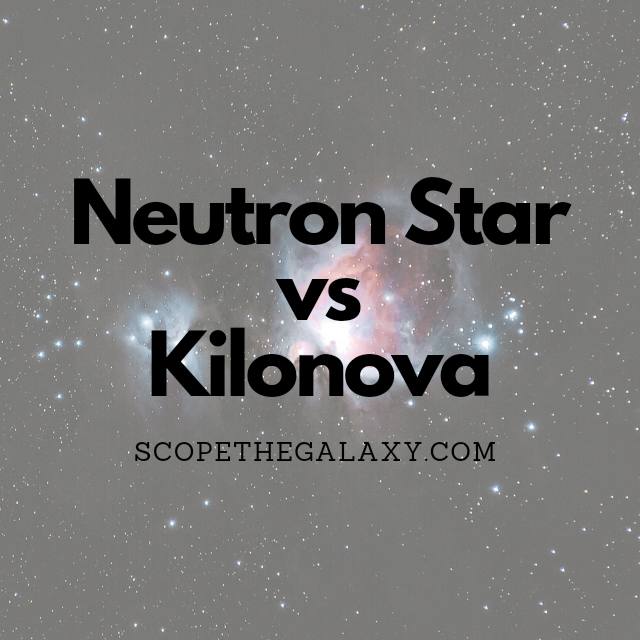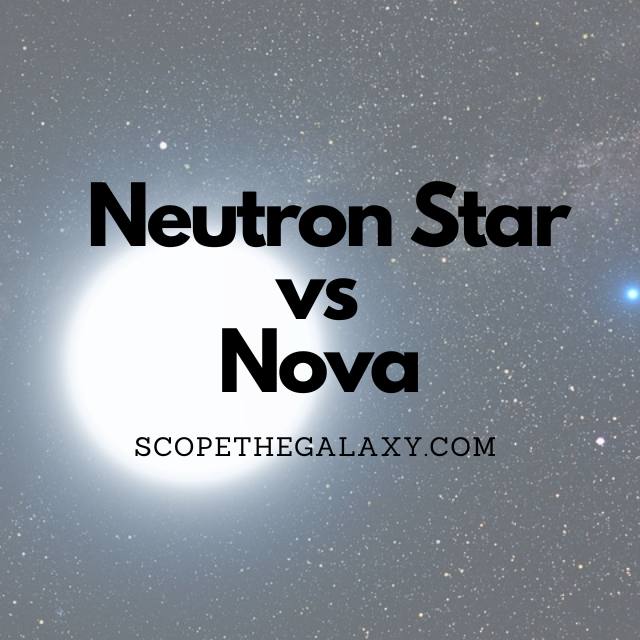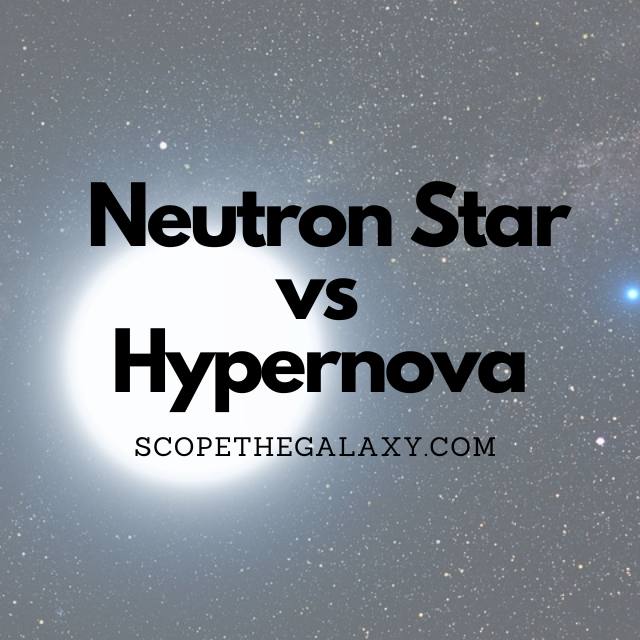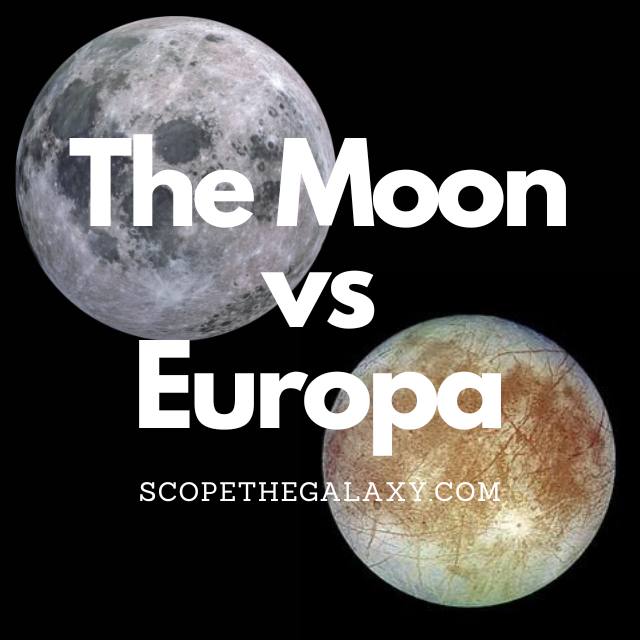Ganymede vs Mercury (How Are They Different?)
The main differences between Ganymede and Mercury would be that Mercury is an officially recognized planet and is the smallest of the 8 planets whilst Ganymede is the biggest moon in our solar system and larger than Mercury. Nevertheless, Mercury’s density is twice that of Ganymede, meaning it has twice the mass of the natural … Read more

